When I told my children the story of how we crowded around him to polish the bronze incense burner to celebrate Tet, they asked: "Why do you work so hard, Dad?". I replied: "Now, even if you want to work so hard, you can't! It's all just a memory...".
My maternal grandparents’ house had a very solemn ancestral altar. It was a lim wood altar cabinet inlaid with shiny mother-of-pearl. On top of the cabinet was a bronze incense burner placed on a pedestal about 8 inches high.
The top of the incense burner has a lid with a majestic unicorn cast on it. On each side of the incense burner are two delicately crafted areca nuts that can be removed. Along with the incense burner are two pairs of bronze candlesticks of the same height... My maternal grandparents' house has gone through many changes but still kept that incense burner set.
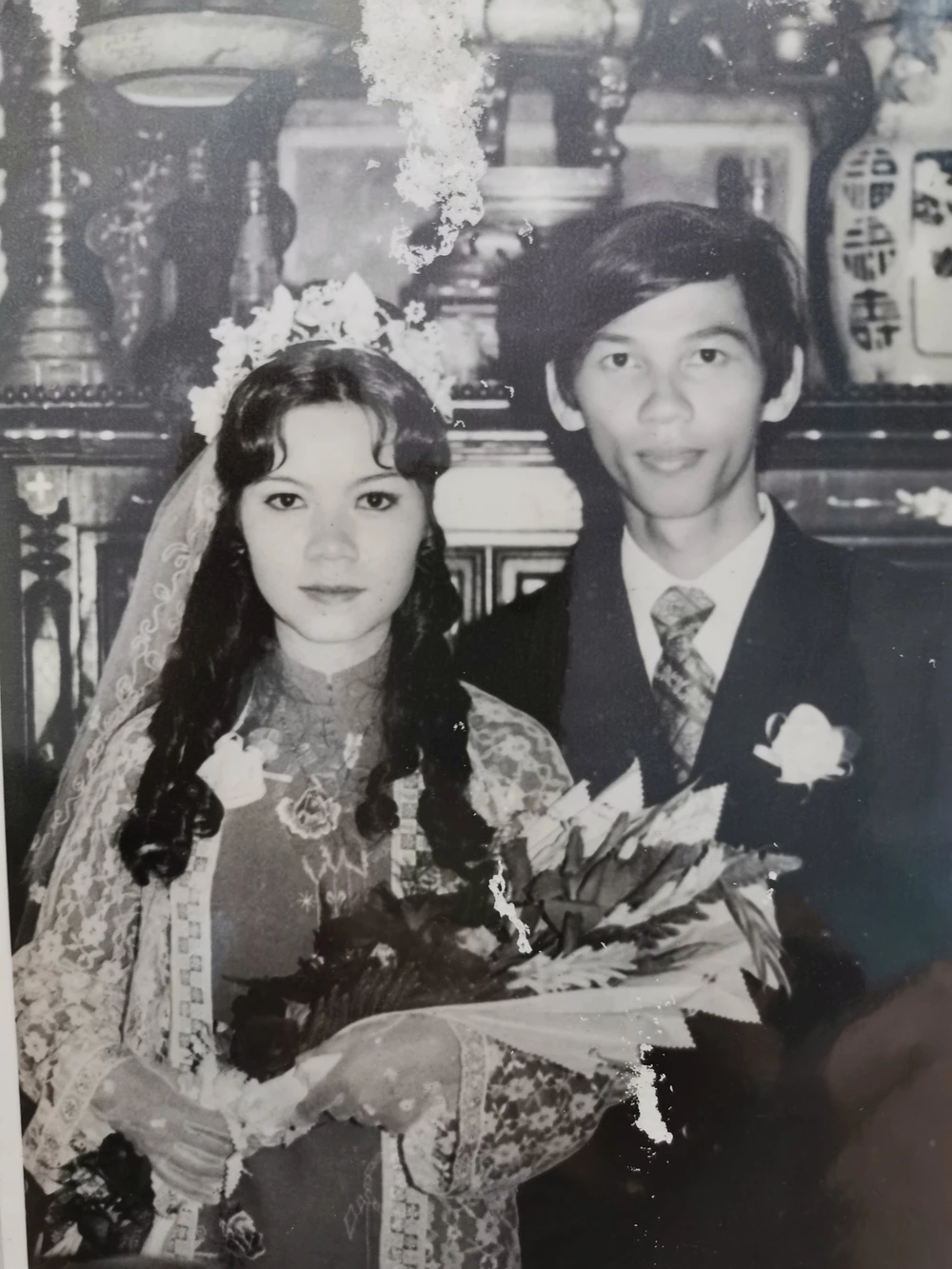
Before the day of sending the Kitchen Gods to heaven (December 23) every year, my grandfather arranged for the incense burner to be polished. He said: The incense burner is a way to show gratitude to ancestors and family, so we must be very careful when touching it. My uncle took care of the incense burner, that is, the pedestal, the body and the lid. I was the eldest grandchild, so I was assigned the pair of lamps. My younger brother took care of the cleaning, the others picked lemons, spread out the mats...
My grandfather respectfully lit three incense sticks and asked his ancestors for permission to move the incense burner from its place. After the incense sticks burned out, my grandfather respectfully moved each part of the altar down and placed it on the mat in the middle of the house. He removed the lid of the incense burner with the unicorn statue, followed by the two areca nuts on the body of the incense burner. Because the body of the incense burner was cast from a single block of bronze and was very heavy, he used both hands to lift it up and pass it to my uncle. Finally, there was the pedestal to place the incense burner on.
As for me, he gave two lampstands.
The work began. One by one, my brother placed each item in a basin of water placed nearby to clean the dust that had accumulated after a year of worship.
My grandfather poured the polishing oil into a bowl. The oil was contained in a small aluminum container with a picture of a unicorn and a bronze censer painted on the outside. The liquid was gray, thin, and had a very unpleasant pungent smell. I did as my grandfather had told me: To polish a bronze censer, you must use your bare hands. Because only with your bare hands can you polish a bronze censer most effectively.
First, I wrapped a piece of cloth around my fingertip, dipped it in the oil, and applied it evenly over everything. At this point, I saw only a dark gray covering each part. He said the darker the color, the shinier it would be later because the chemicals had removed the tarnish from the copper. It took about thirty minutes to complete the oil application process. My three nephews and I waited for the oil to dry before starting the main work.
The lamp body has no sharp edges, so we just need to use a clean cloth, apply a lot of force and rotate it from top to bottom many times in the opposite direction until the shiny gold color of copper appears. It sounds easy to say, but when polishing, rubbing for just a few minutes will make your hands tired. He looked carefully and pointed out the spots where the friction force was low, he told us to do it again because there would be no light, the effort was for nothing.
When he got there, as if he knew his children were tired, he reminded my grandmother to bring out some cakes, jams, and drinks as a little break. I held the jam in my hand and put it in my mouth. The sweetness of the sugar and the aroma of the jam could not overpower the pungent smell of the varnish that soaked into my hands. I was still happy.
My brother took each item out to dry in the sun. He said it was done when the sunlight reflected off it and shone brightly. If it wasn’t bright enough, I had to cut some lemons from the garden, apply the juice evenly, let them dry, and then wipe them hard again to achieve the desired shine.
As for the areca nuts and the unicorn, these two items look small but are actually very difficult to polish because the artisans create them with many angles; claws, fangs... The areca nuts have both a stem and two leaves, so if you're not careful, your hand will bleed immediately.
My grandfather examined it carefully and then personally arranged it on the altar. He lit incense again as if to tell his ancestors that the work was done. Now it was my grandmother's turn to arrange the flowers and fruits to complete the set. He said that we should not cover the incense burner and lamp stand with plastic bags all year round just because we are afraid of dust. We should not hire someone to do it because these are objects of worship. If we hire someone to do it, we cannot cherish them as much as family members. The bright incense burner shows the love of children and grandchildren for their grandparents.
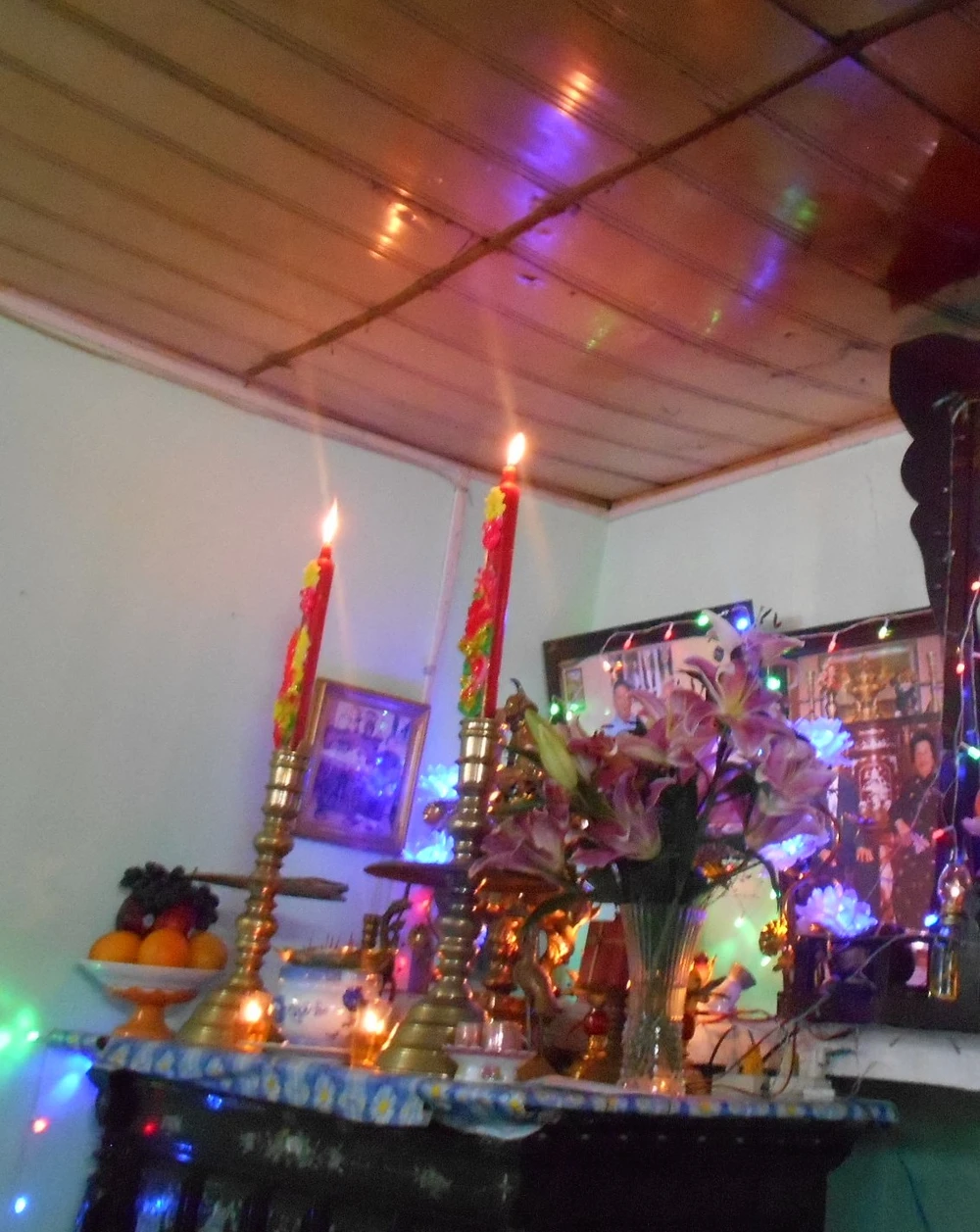
After my grandparents passed away, the practice of gathering their children and grandchildren to polish the incense burner on the altar before Tet no longer happened because the children were afraid of chemicals that would harm their skin and only spent a few hundred thousand to have a shiny incense burner. Some years, close to Tet, the incense burner was brought in for polishing.
Personally, I could not help but feel sad because I knew that the moment of gathering together to welcome the New Year had been lost forever. When I told my children the story of how we gathered around him to polish the bronze incense burner to welcome the New Year, they asked: "Why did you work so hard, Dad?". I replied: "Now, even if you wanted to work so hard, you can't! It's all become a memory...".
Somewhere after the incense stick welcoming the New Year, I see the image of my grandfather enjoying spring with his children and grandchildren.
LE HUU NHAN
Address: Ward 2, Sa Dec City, Dong Thap
Email: [email protected]
Source



![[Photo] Ho Chi Minh City after 50 years of national reunification through buildings and symbols](https://vstatic.vietnam.vn/vietnam/resource/IMAGE/2025/4/15/a224d0b8e489457f889bdb1eee7fa7b4)

![[Photo] Air Force actively practices for the April 30th celebration](https://vstatic.vietnam.vn/vietnam/resource/IMAGE/2025/4/15/16fdec3e42734691954b853c00a7ce01)
![[Photo] General Secretary To Lam meets with veteran revolutionary cadres, meritorious people, and exemplary policy families](https://vstatic.vietnam.vn/vietnam/resource/IMAGE/2025/4/15/7363ba75eb3c4a9e8241b65163176f63)
![[Photo] Welcoming ceremony for Prime Minister of the Federal Democratic Republic of Ethiopia Abiy Ahmed Ali and his wife](https://vstatic.vietnam.vn/vietnam/resource/IMAGE/2025/4/15/77c08dcbe52c42e2ac01c322fe86e78b)




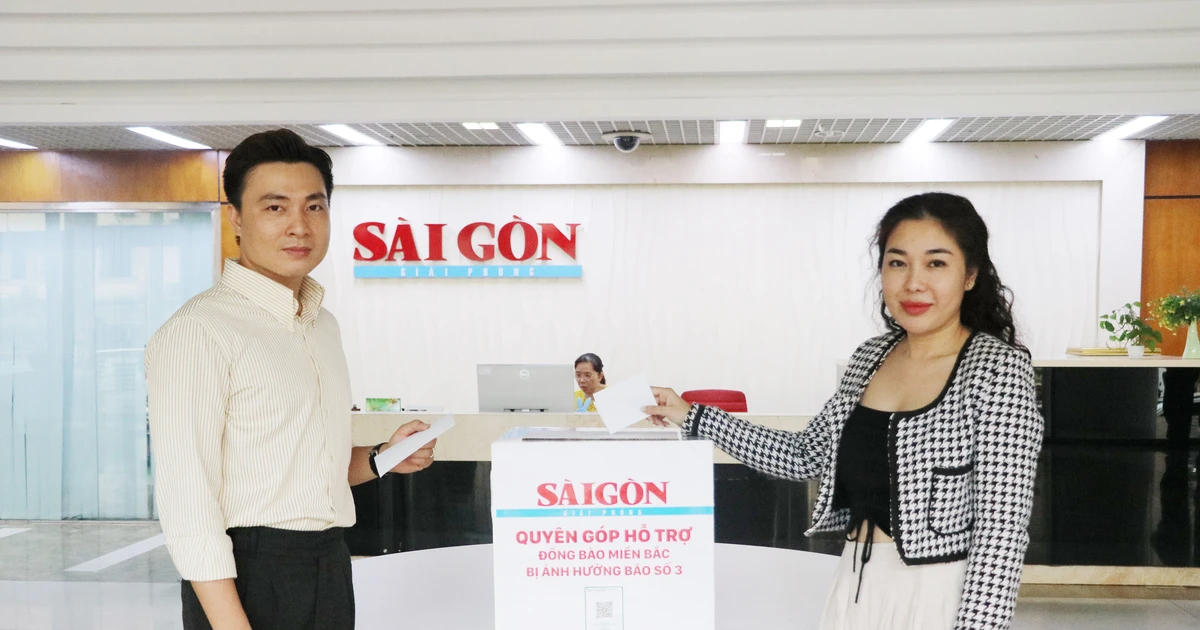












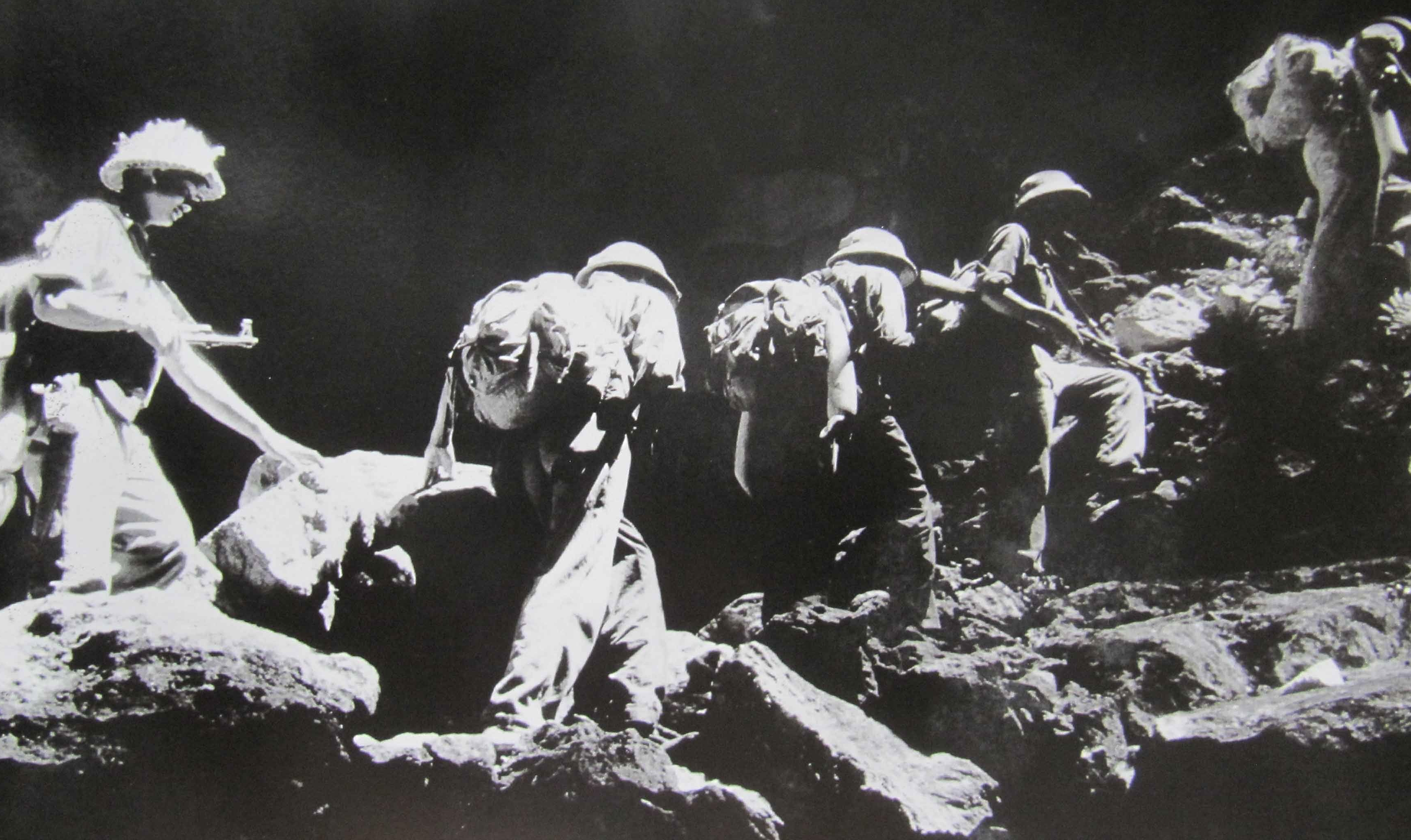



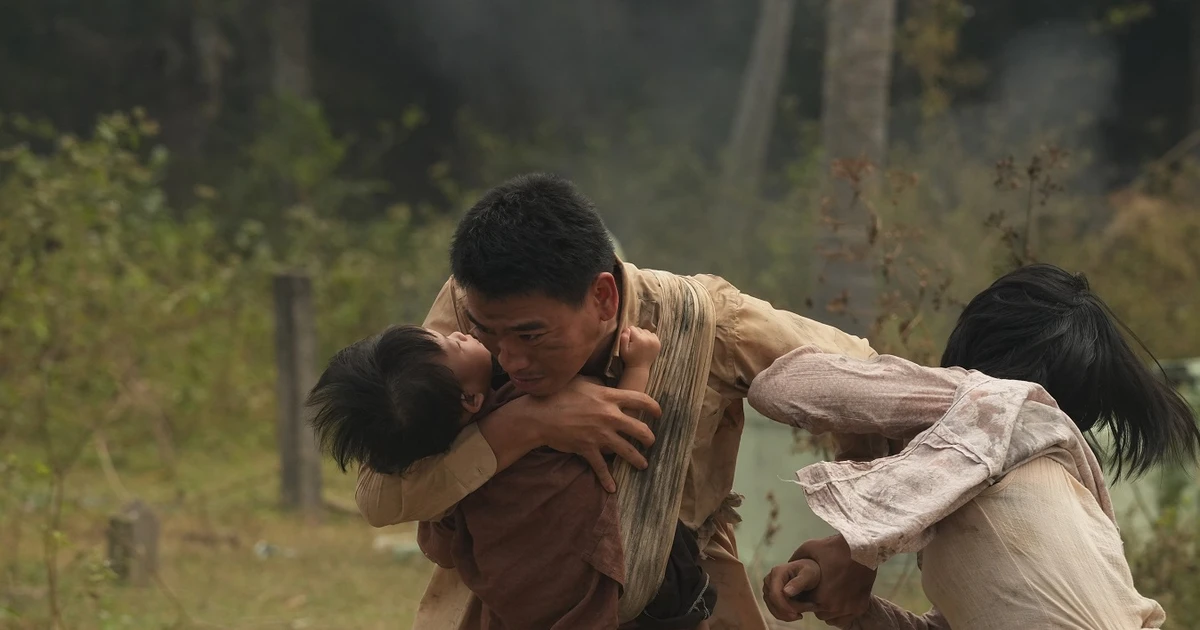

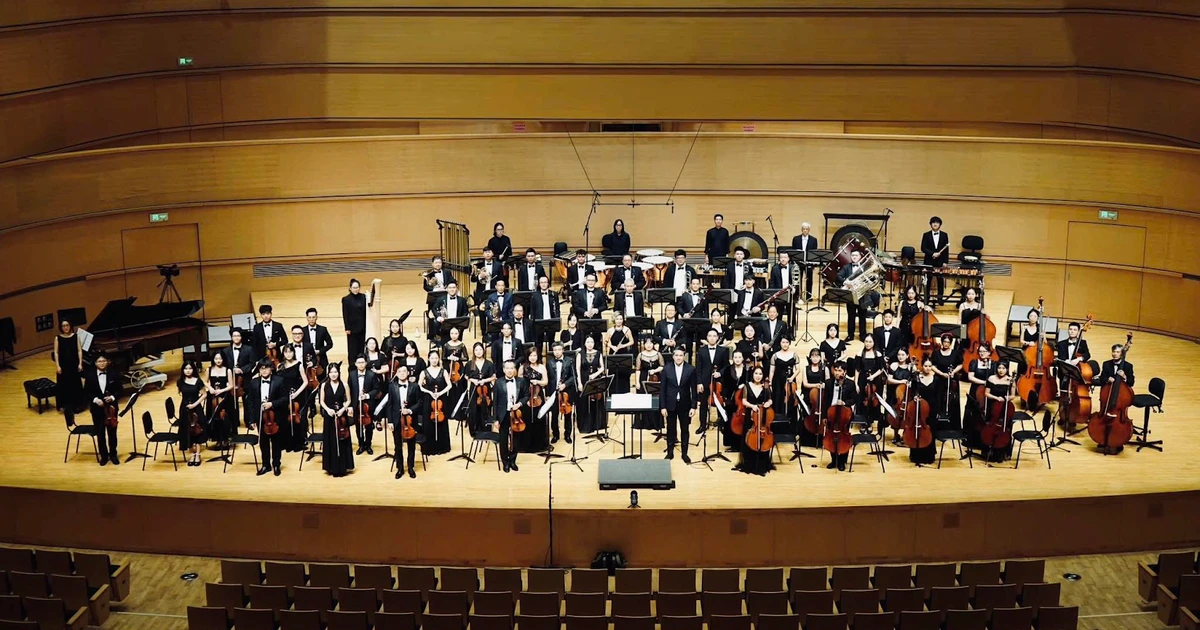
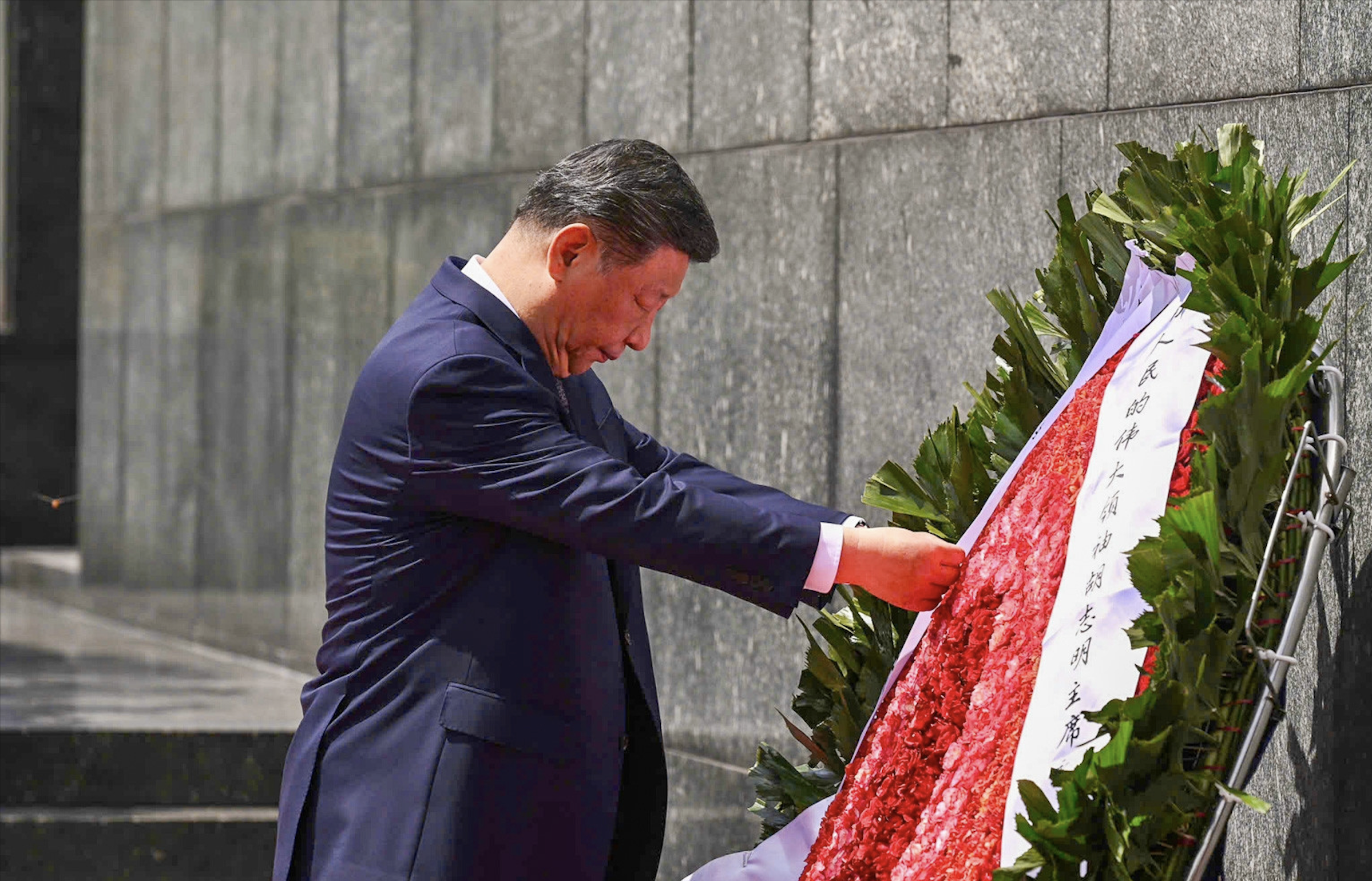





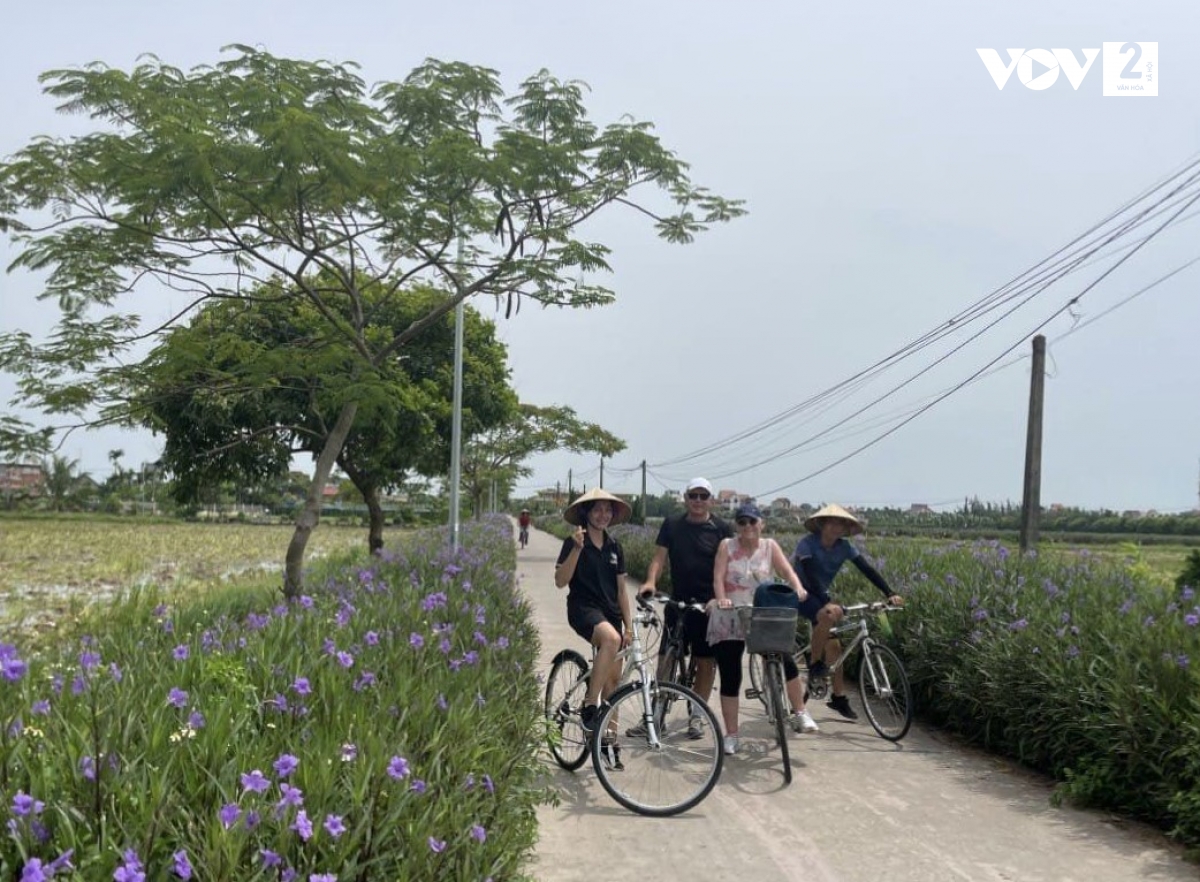

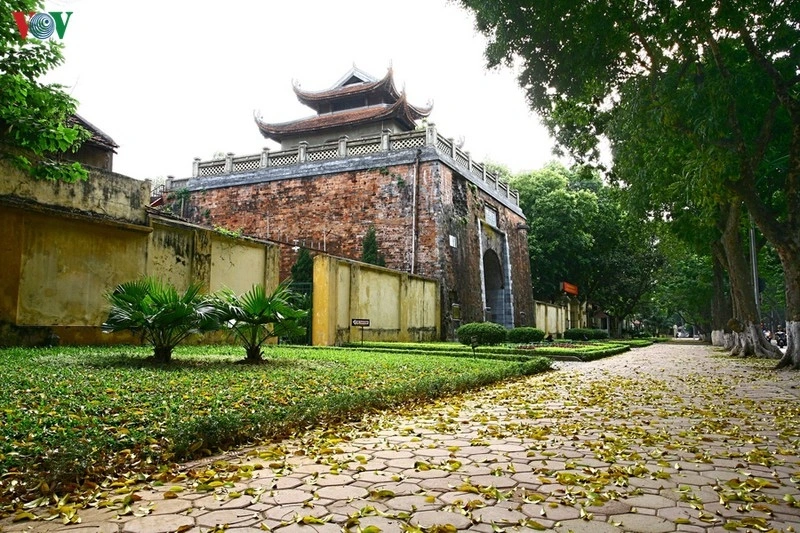

























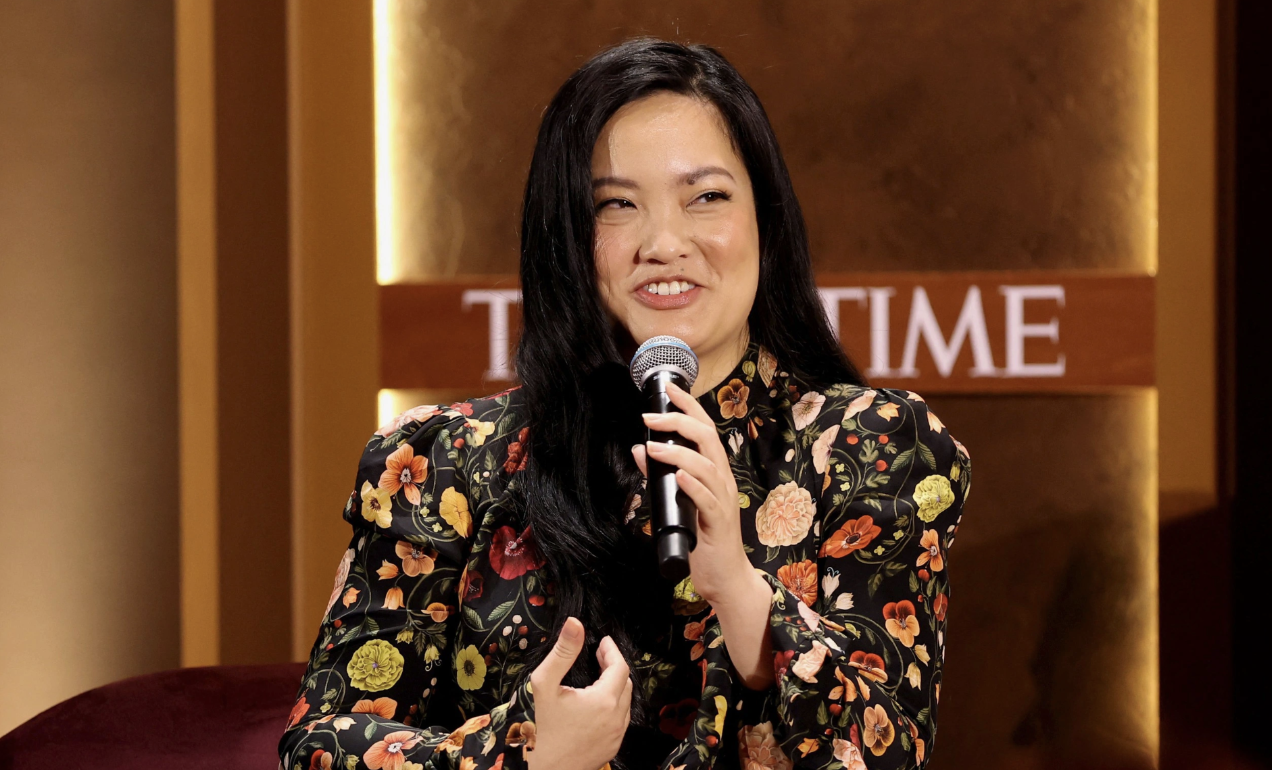


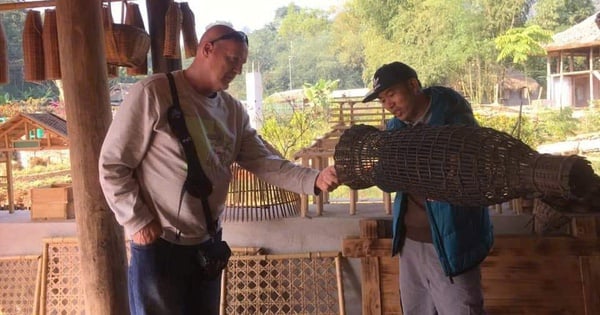


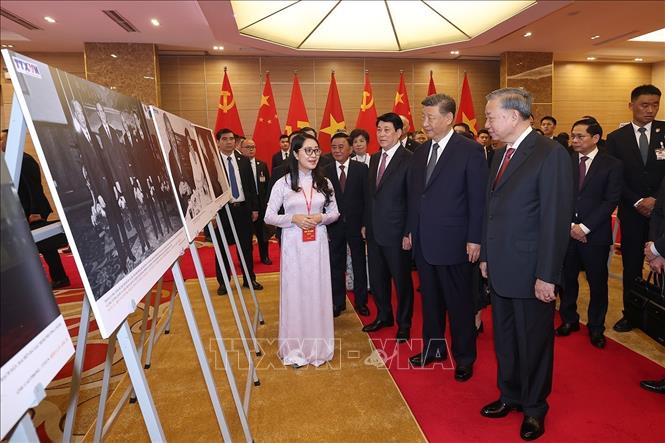


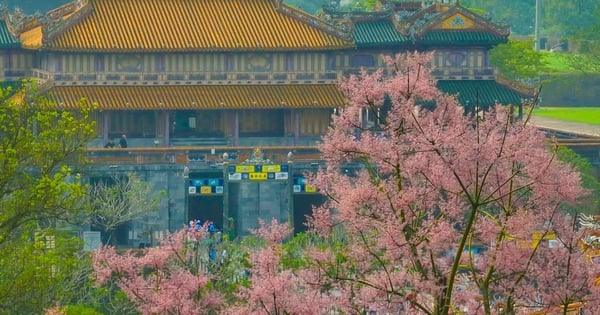










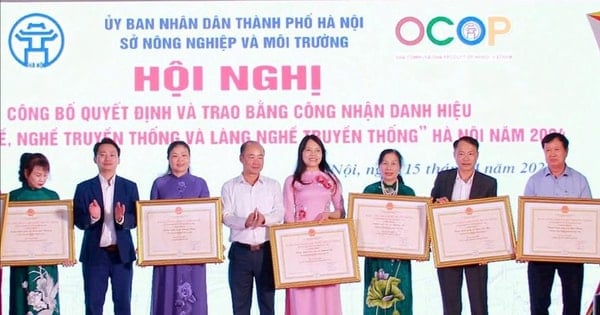


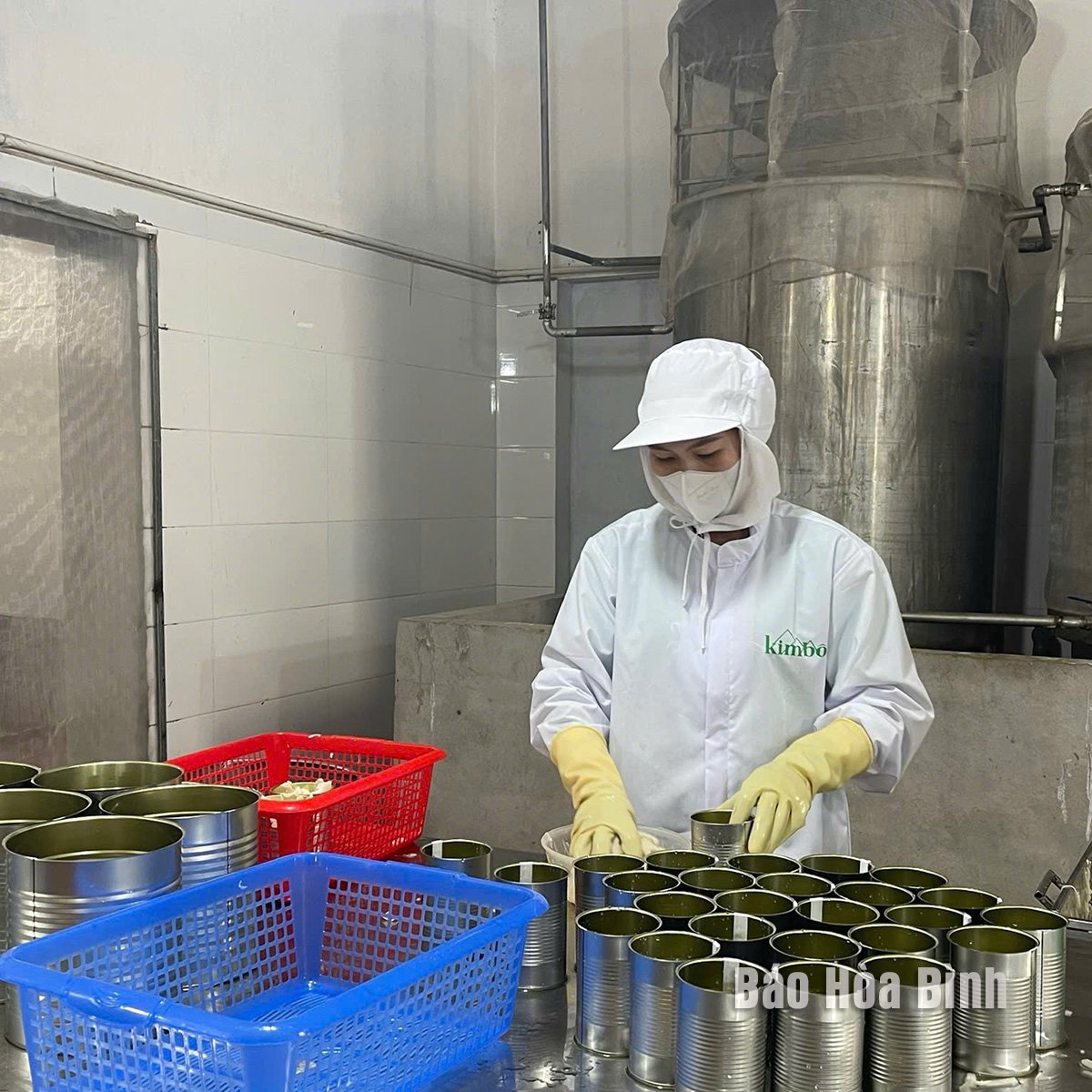




Comment (0)